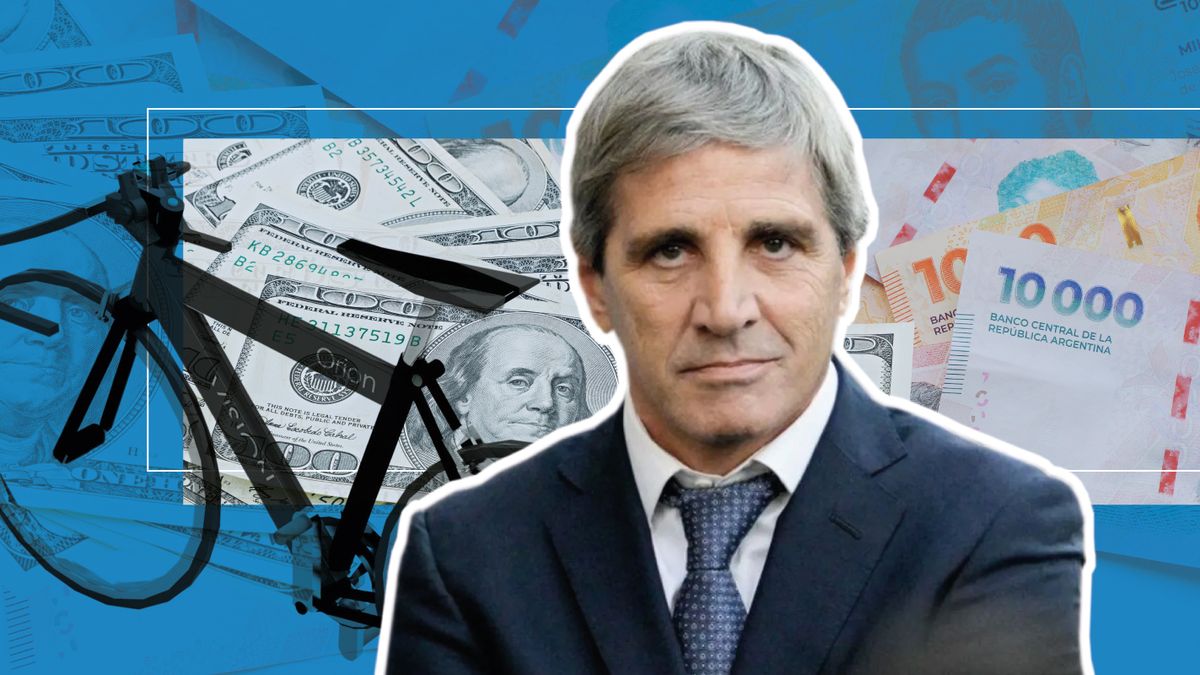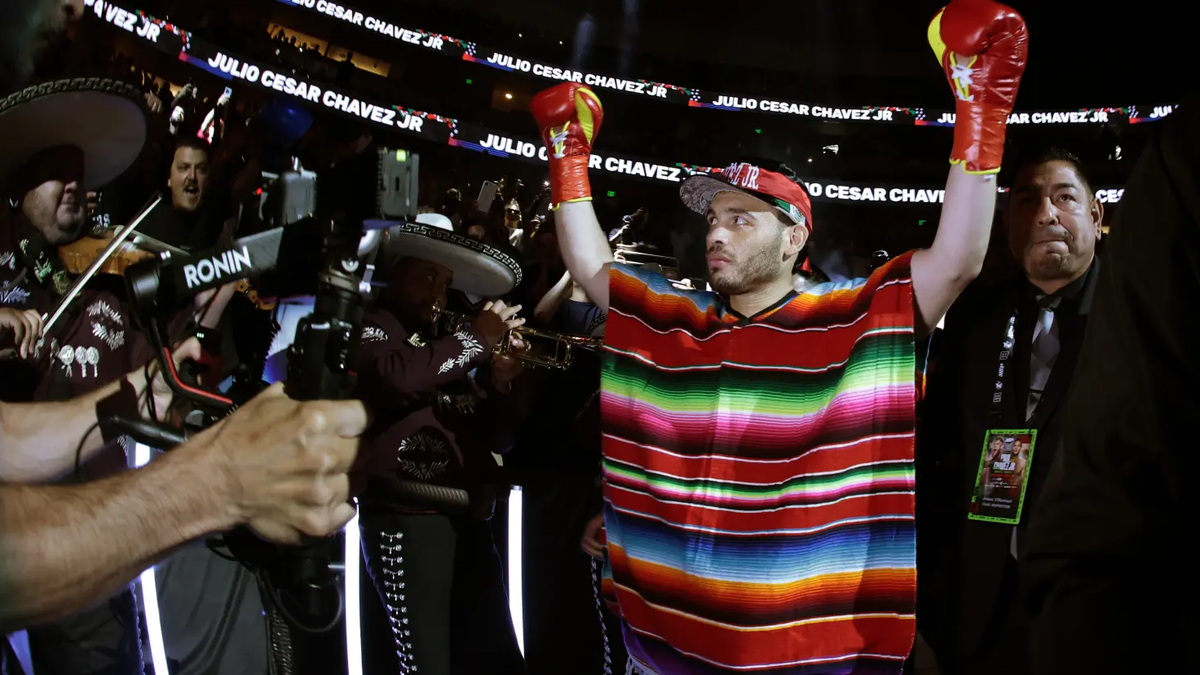The one who bet on the peso Last November 18, for the next 30 days, he lost money due to the jump in financial dollars and the blue of recent days. This is the first time since July of this year that those who followed the “carry trade” strategy obtained a negative return on their investments.
A report of the consulting firm 1,816 explains it in the following way: in the face of the “sudden correction” of the exchange rate for Thursday of this week “Financial dollars rose 10% on four wheels, which is what pesos yield today for a period of four months.”
Likewise, according to the consultant, in a broader perspective over time, the “carry” left those who bet on the peso a profit of 54% measured in dollars counted with settlement, says the consulting firm.
The weekly report issued by one of the most heard voices in the market states that since the government announced in July that it was going to sterilize the pesos it had to issue to buy dollars in the Single and Free Exchange Market, selling in the financial market, Only on December 18 there was a period of one month in which the “carry” tested negative.
The flight of dollars last week is not so serious since there is still a long way to go, according to market operators consulted by Ámbito. This type of operation, “make rates in pesos” against a dollar that runs at a slower speed, seems essential to the strategy of the Minister of Economy, Luis Caputo, to contain the price of the dollar and therefore, inflation.
carry1816.jpeg
The last disarmament of weights, according to 1816, it occurred in a context of weakness of the real in Brazil and in which the stock of Treasury bonds held by the Central Bank, plus remunerated liabilities closed at a record level similar to that at the end of Mauricio Macri’s government.
The market then speculates that, to maintain a relationship in favor of the interest rate in pesos against the dollar, the Central Bank should reduce the “crawling peg” rate to 1% monthly. It is thought that if Santiago Bausili has not yet decided it is because the entity’s board of directors not sure what the real level will be, which has been weakening in the last year. That is why in the last rounds the BCRA chose to kill the mini run by going to operate in the bond market to contain the financial ones.
An eventual dismantling of peso positions for the return to the United States currency would not be as ruinous as it would seem. passed to Macri when he lost the elections to Alberto Fernández, says an operator. At that time, some US$20,000 million fled the country. Today the figures involved would not reach a third and, furthermore, they are the product of Argentine placements.
All of this, Thanks to the US$20,000 million that the Argentines themselves offered through money laundering to Javier Milei, as a sign of trust.
The 1816 report recalls that, despite everything, Banks continue to give loans in dollars, which in the long run serves to contain the exchange rate, because the companies that receive financing have to sell them in the official market to obtain pesos.
“We believe that the recent The rise in Cash with Settlement (which brought the gap with the spot from 5% to 12%) is not out of the script nor does it substantially change theto a macro perspective as long as it does not extend over time,” says the consultant.
In this regard, the consultant Iván Carrino estimated that “the ‘carry trade’ is going to gradually disappear as inflation drops and the interest rate converges to the devaluation rate.”
The analyst agrees with the view that, for the moment, the Government will maintain the conditions to sustain this type of operation in order to stabilize the exchange rate. But consider that most of it has already happened. “It is clear that returns of 50% in dollars as seen this year will not be repeated,” indicated the economist. For the future, it assumes that profit margins will gradually decline until they become less attractive.
Source: Ambito




